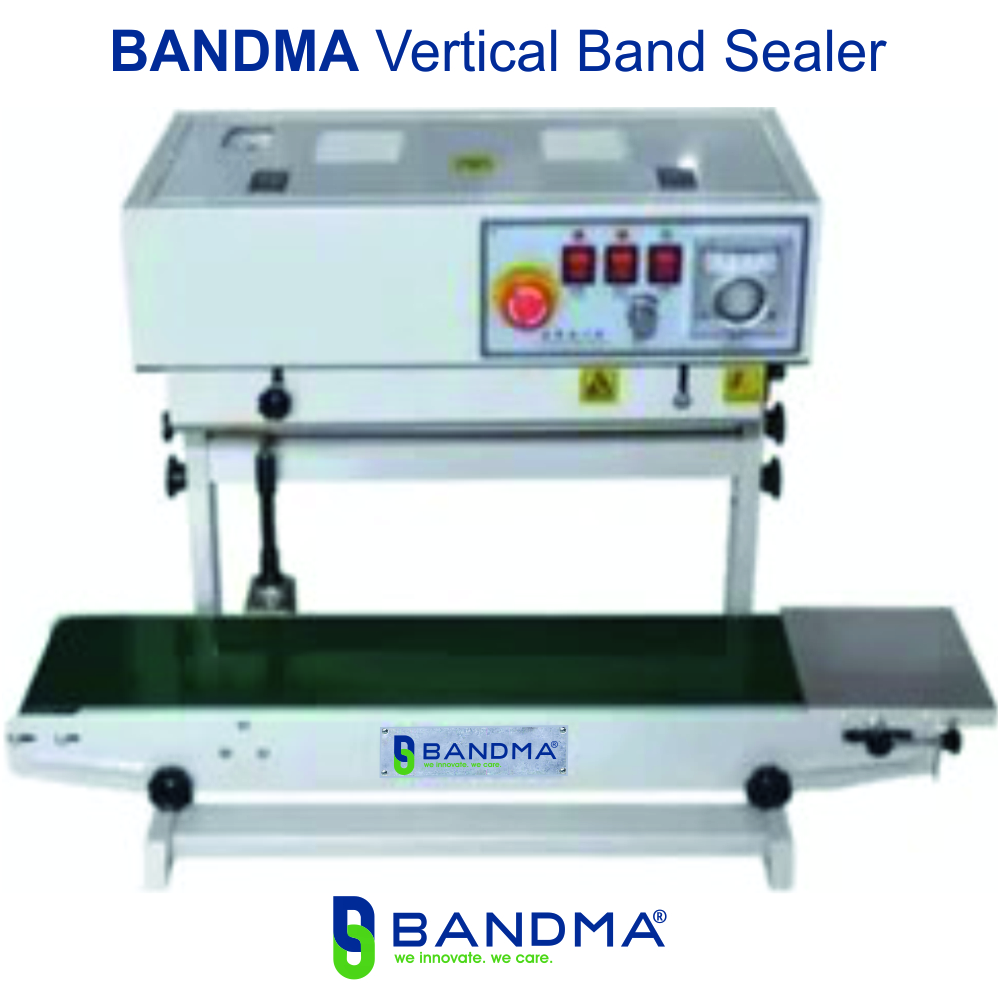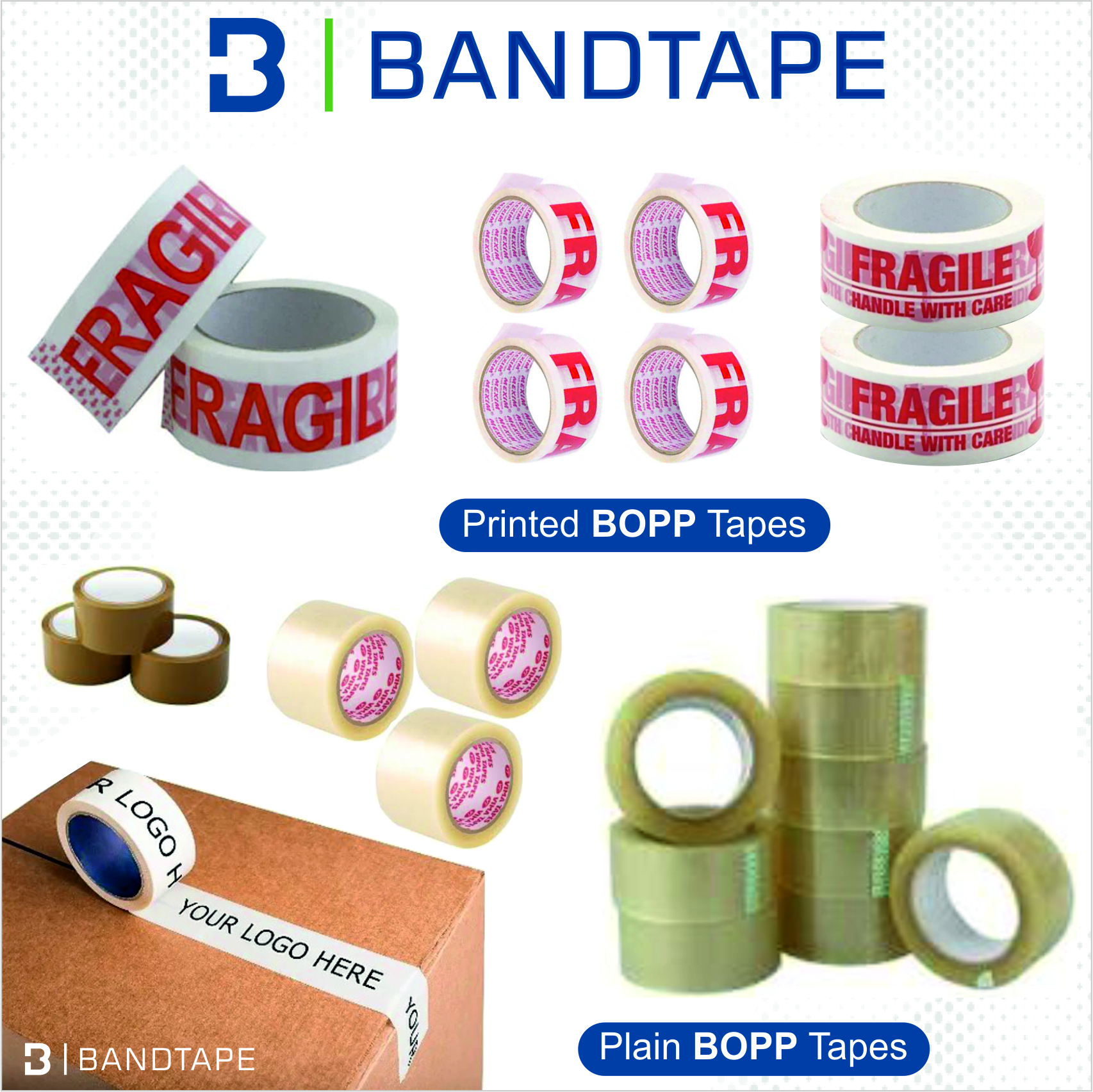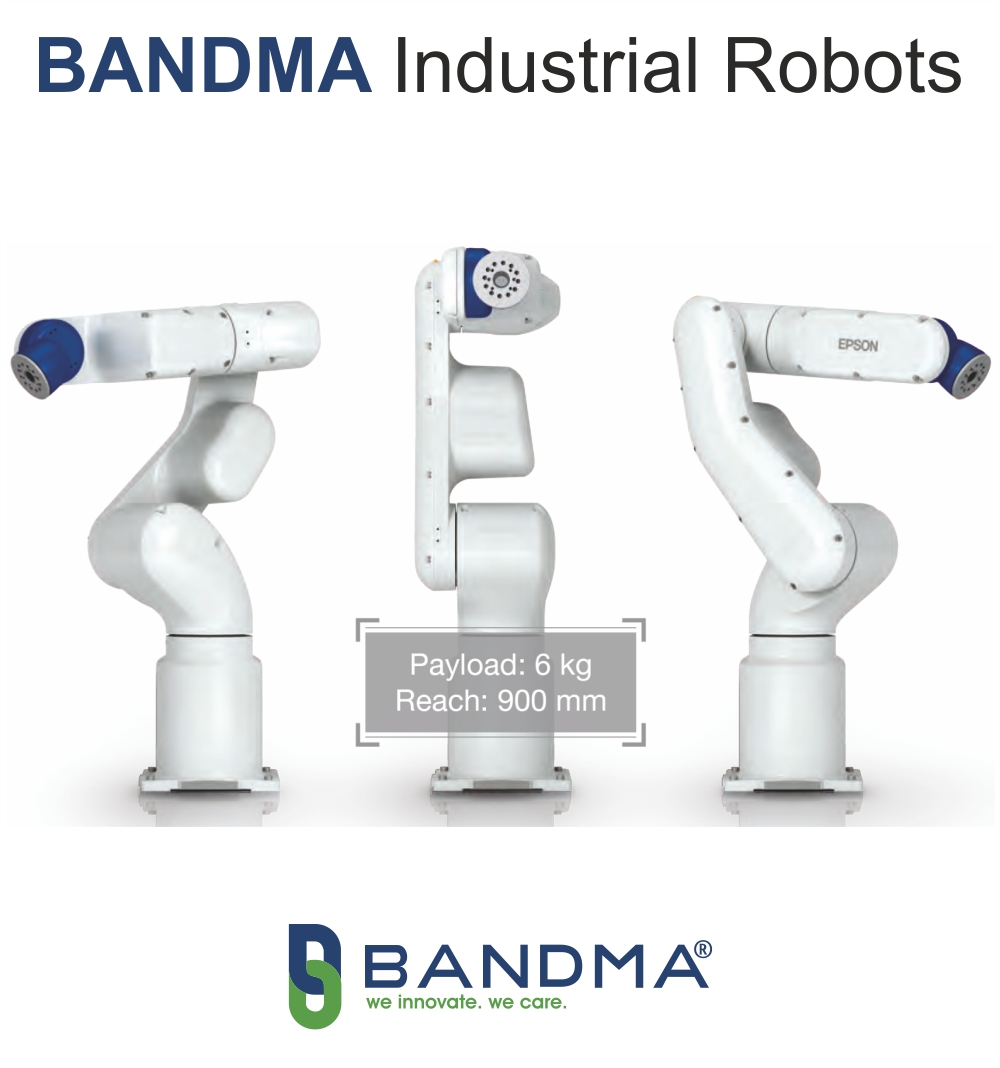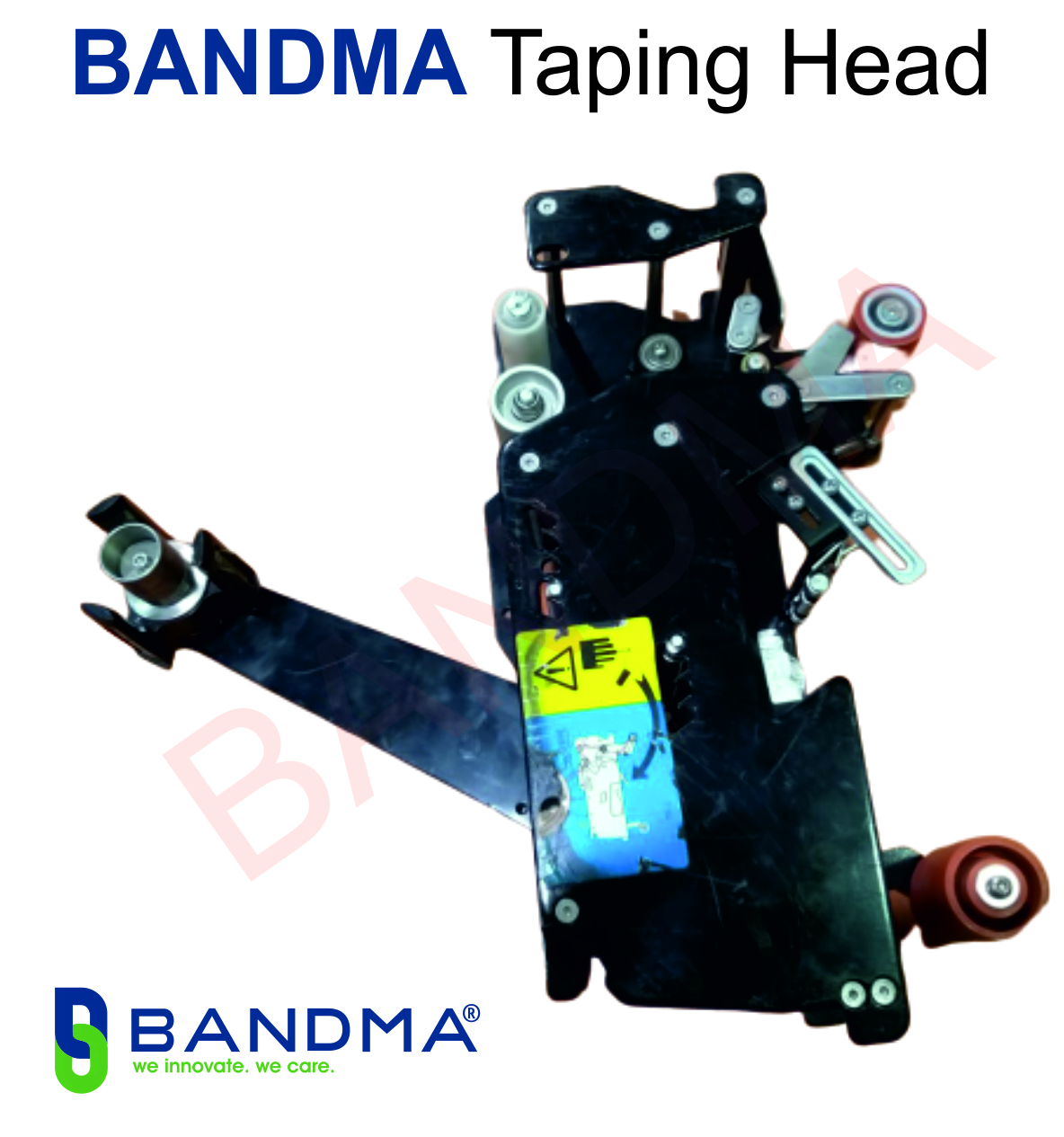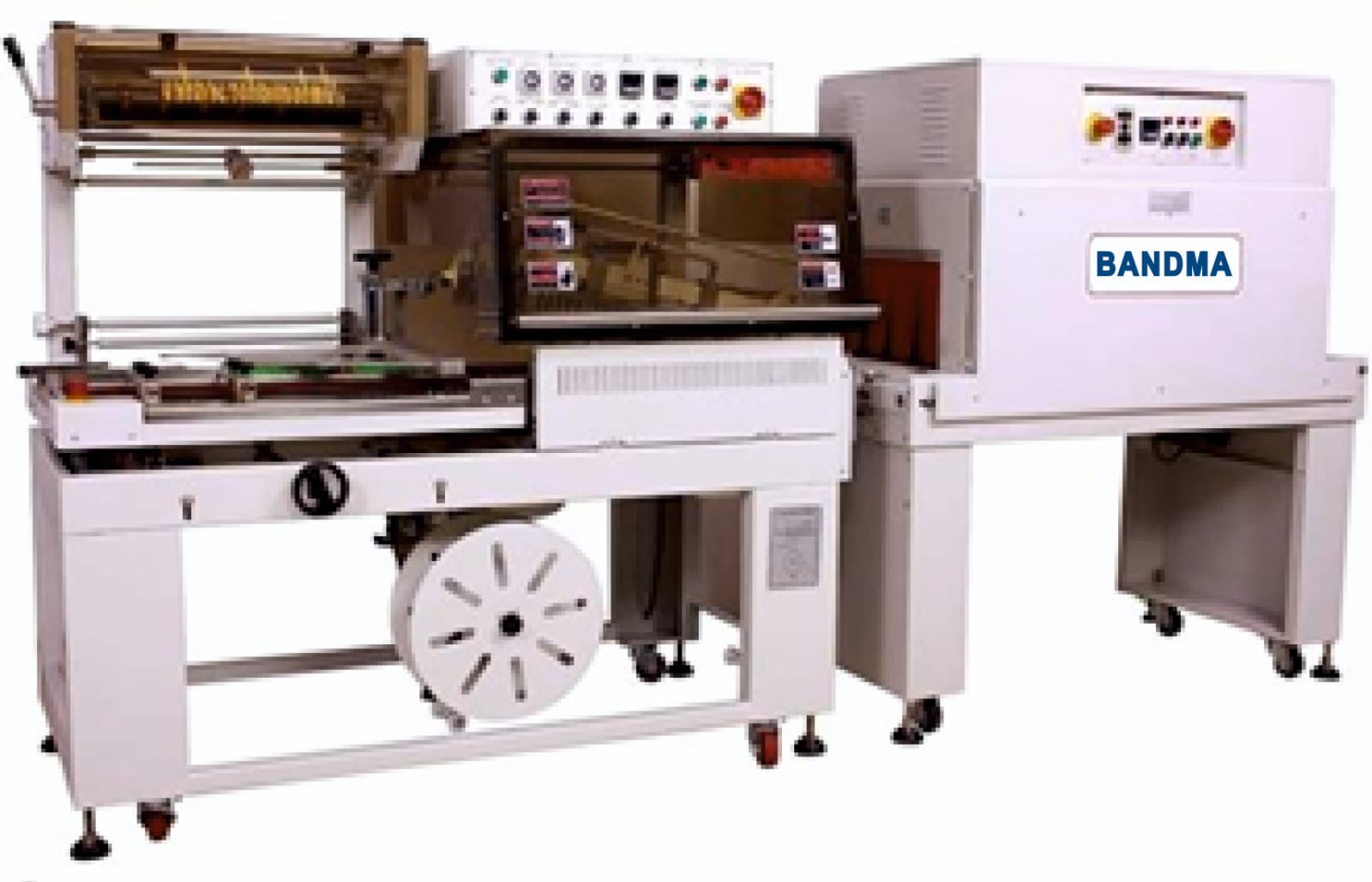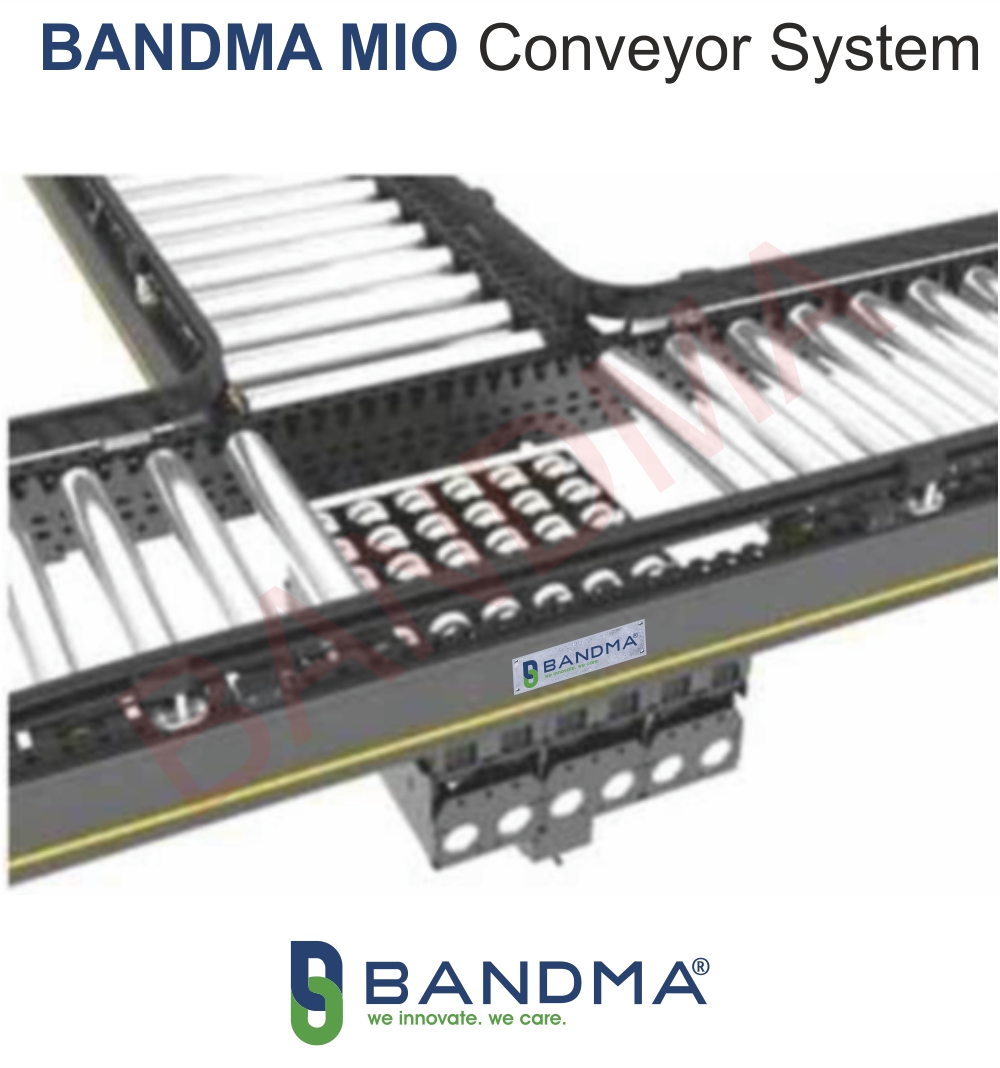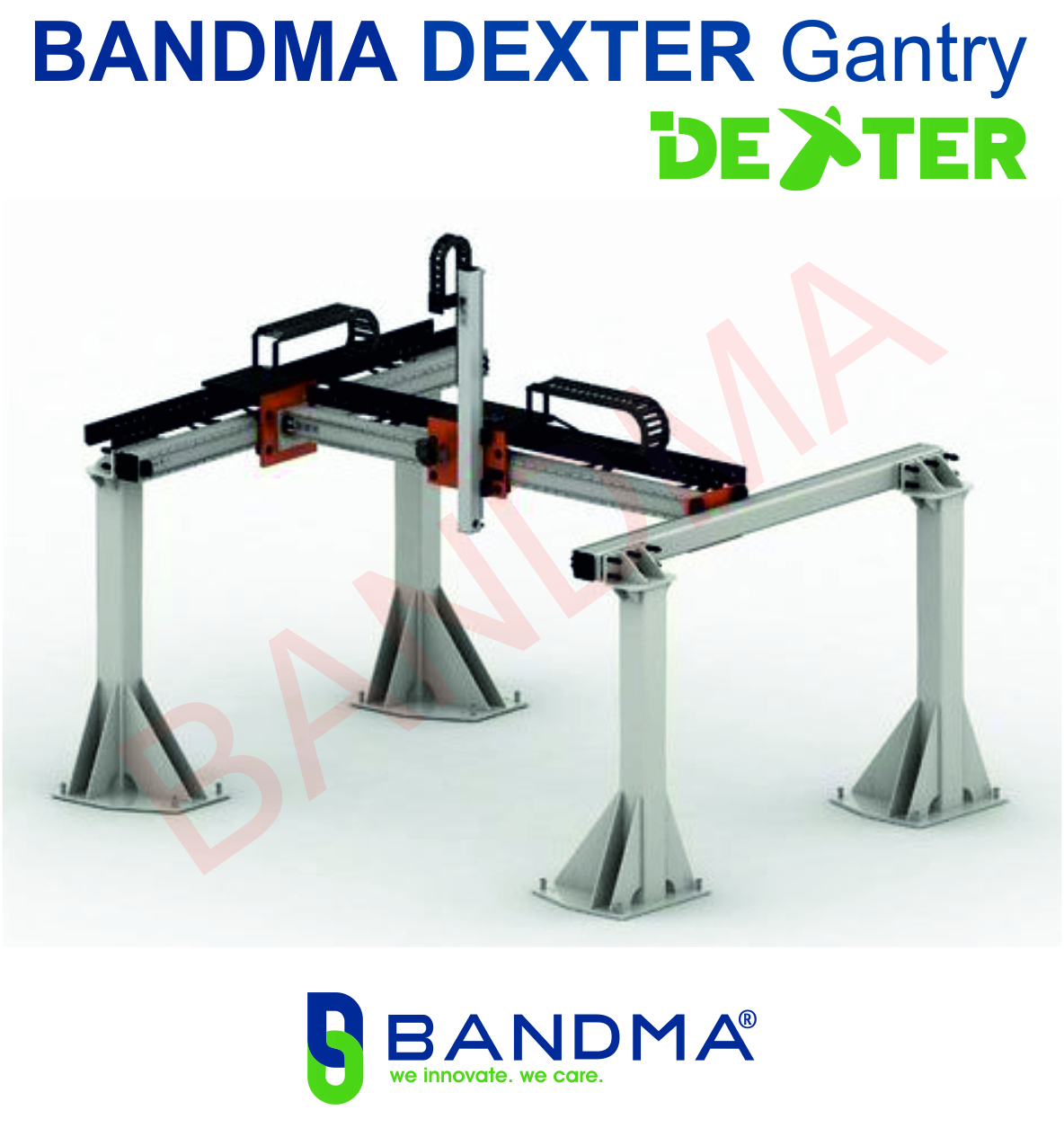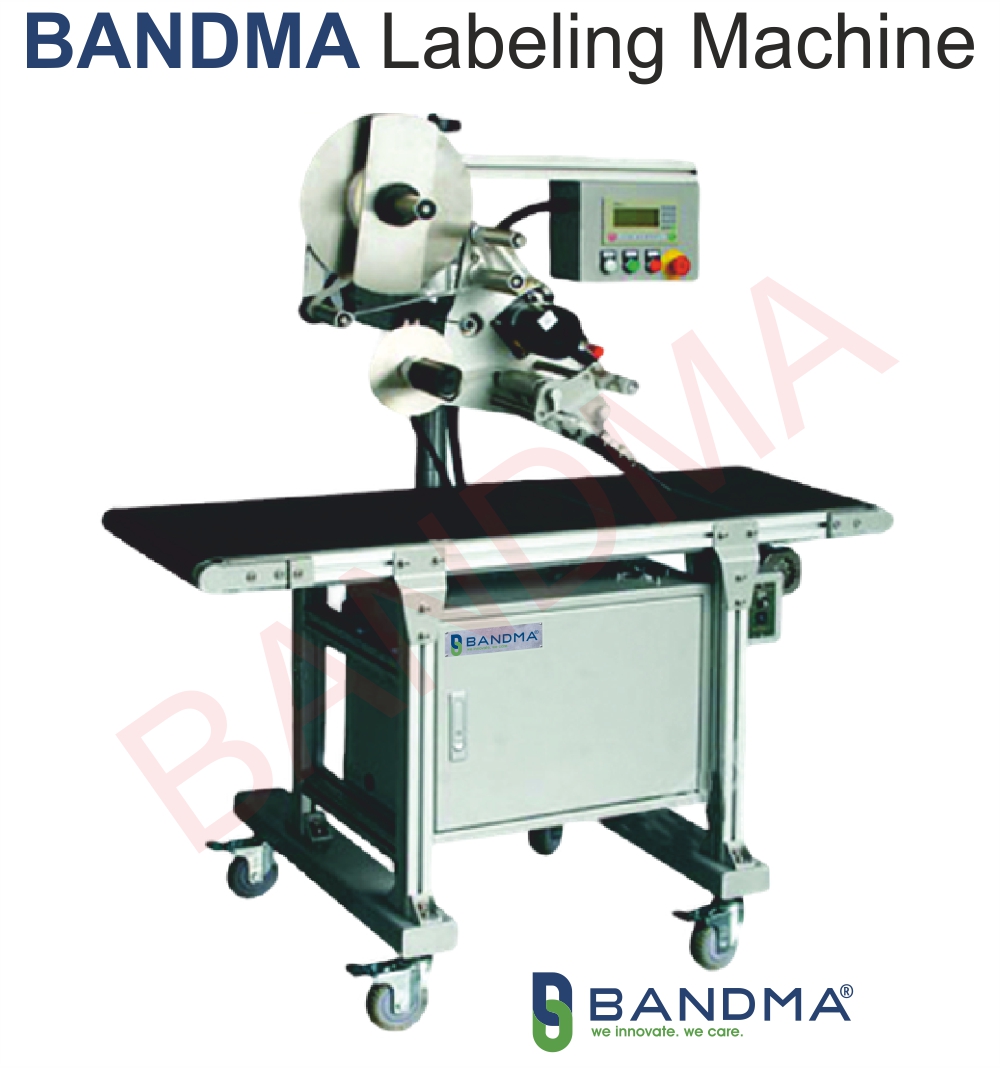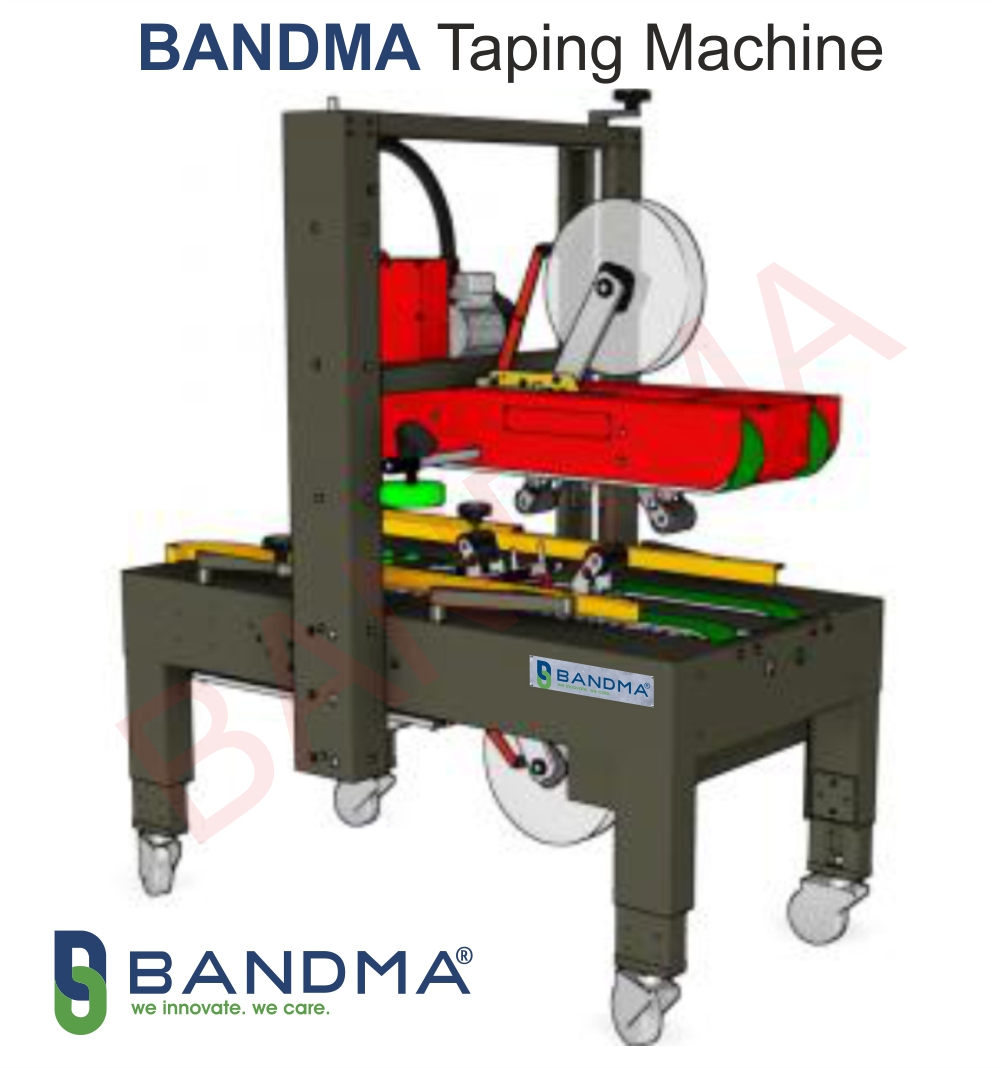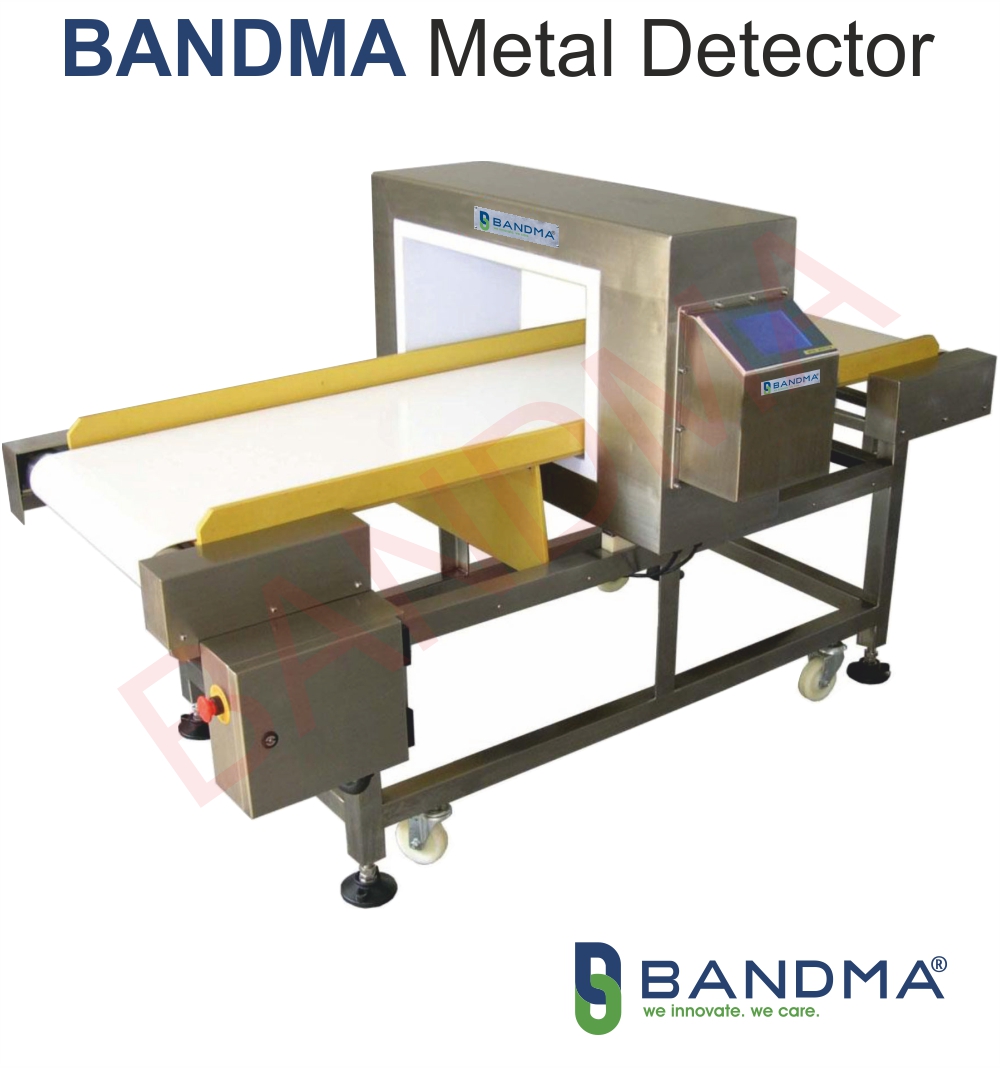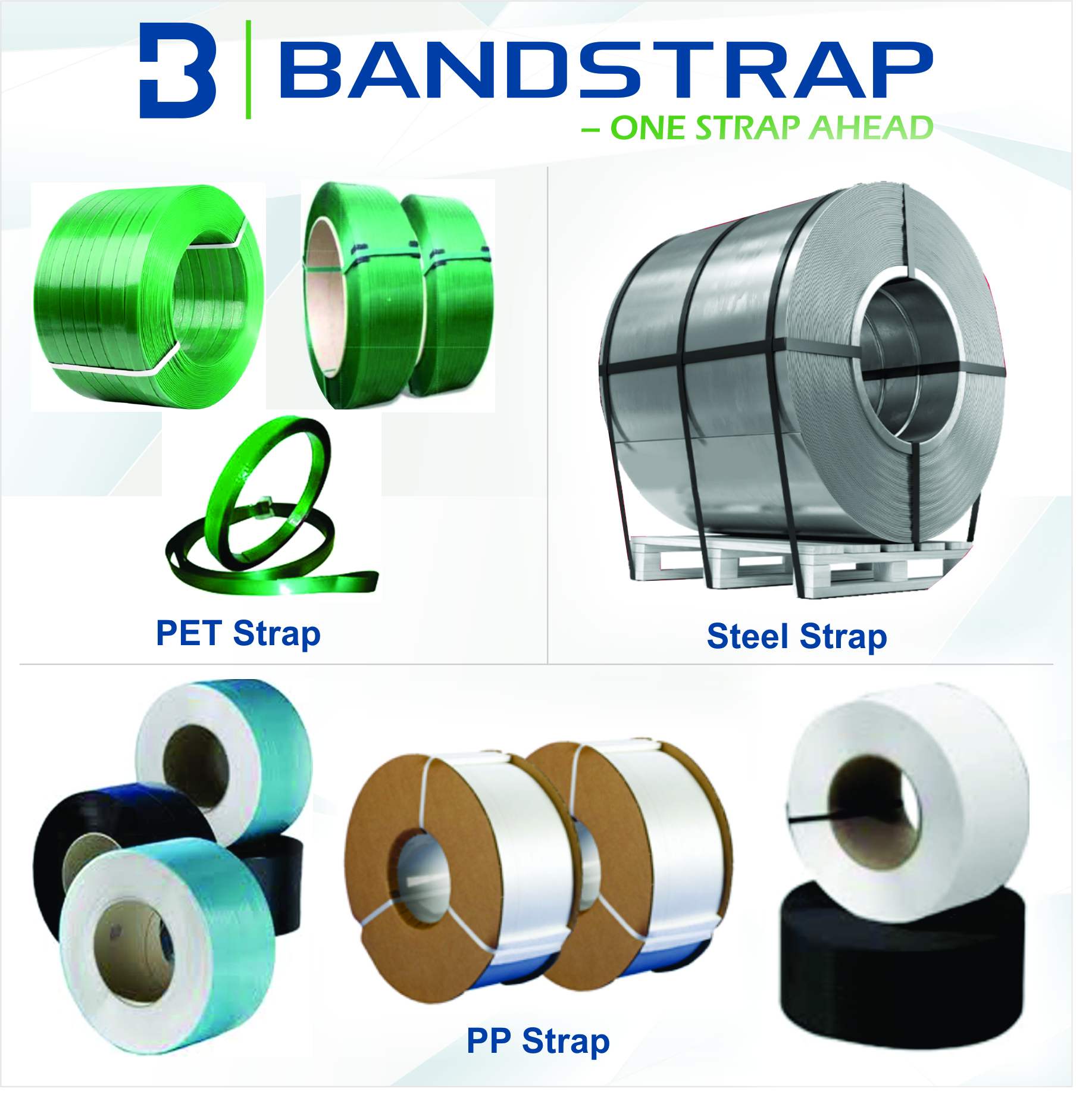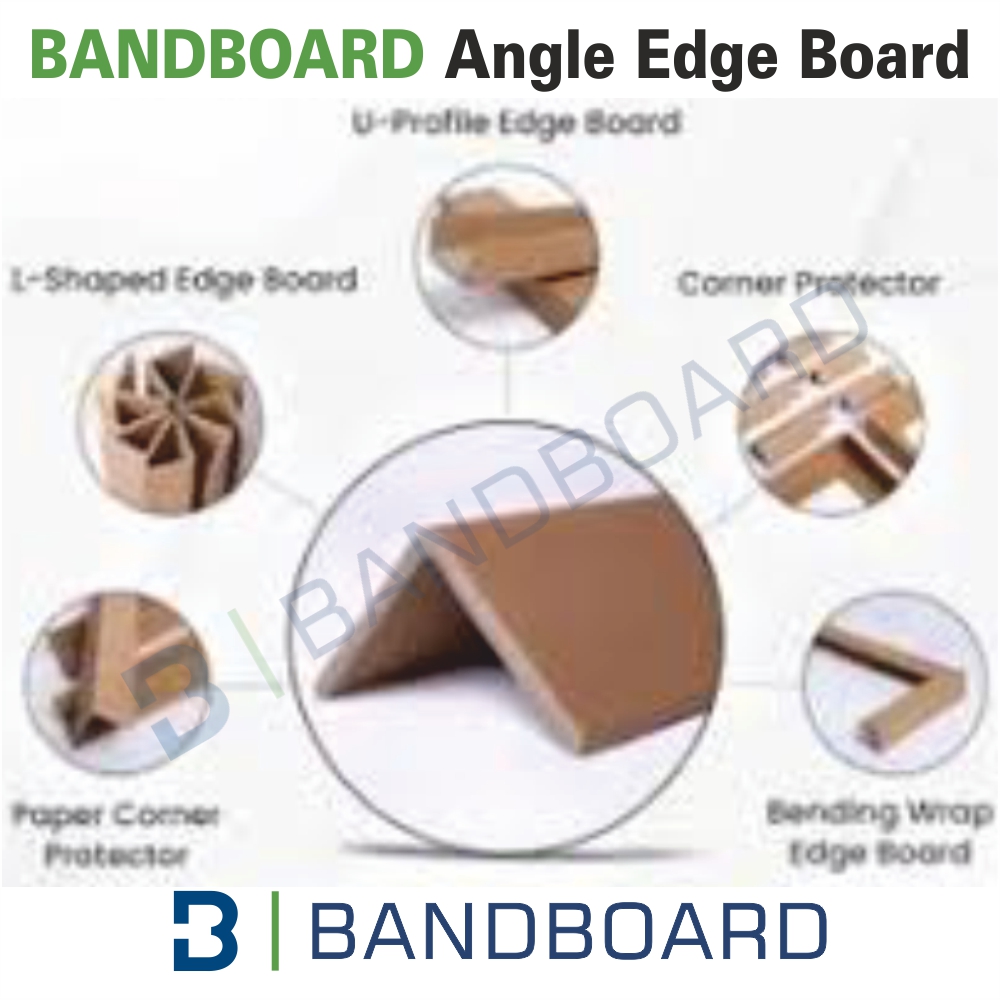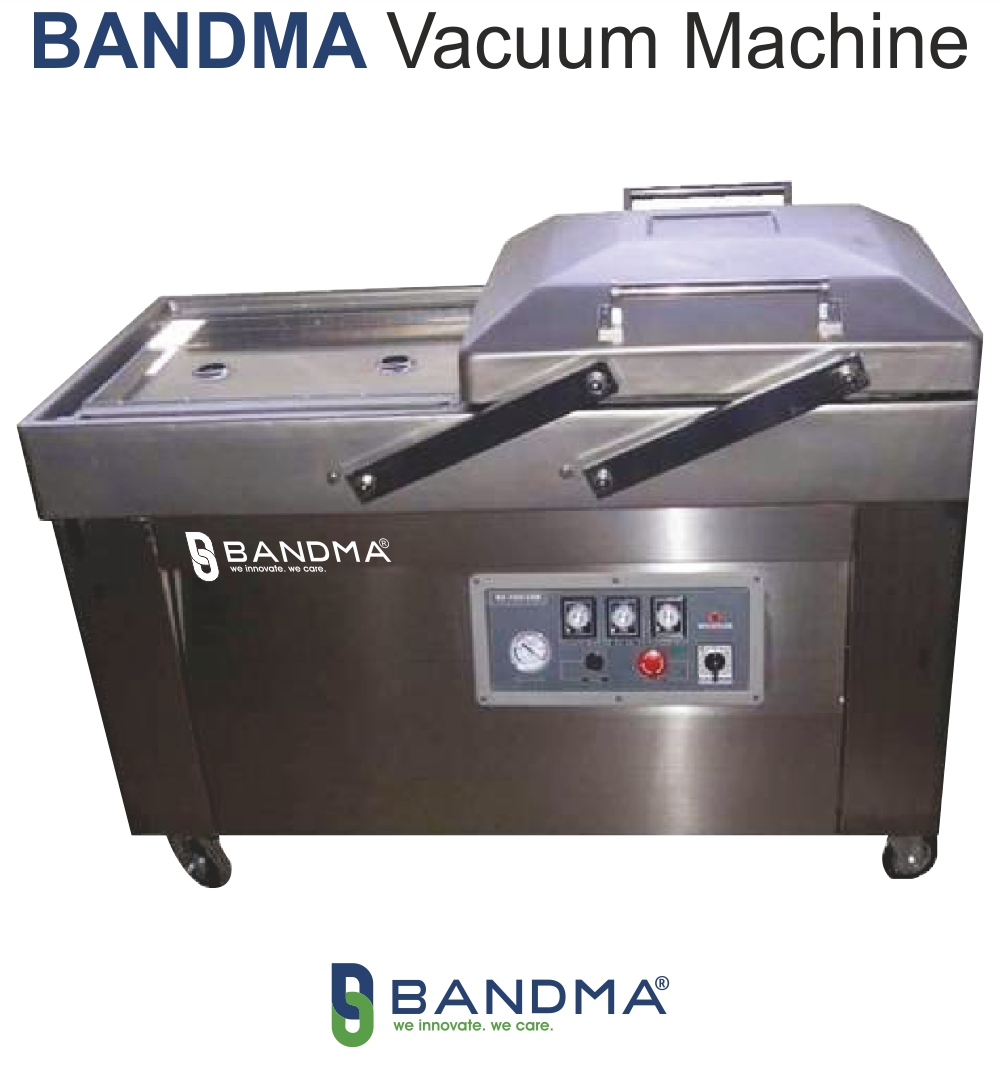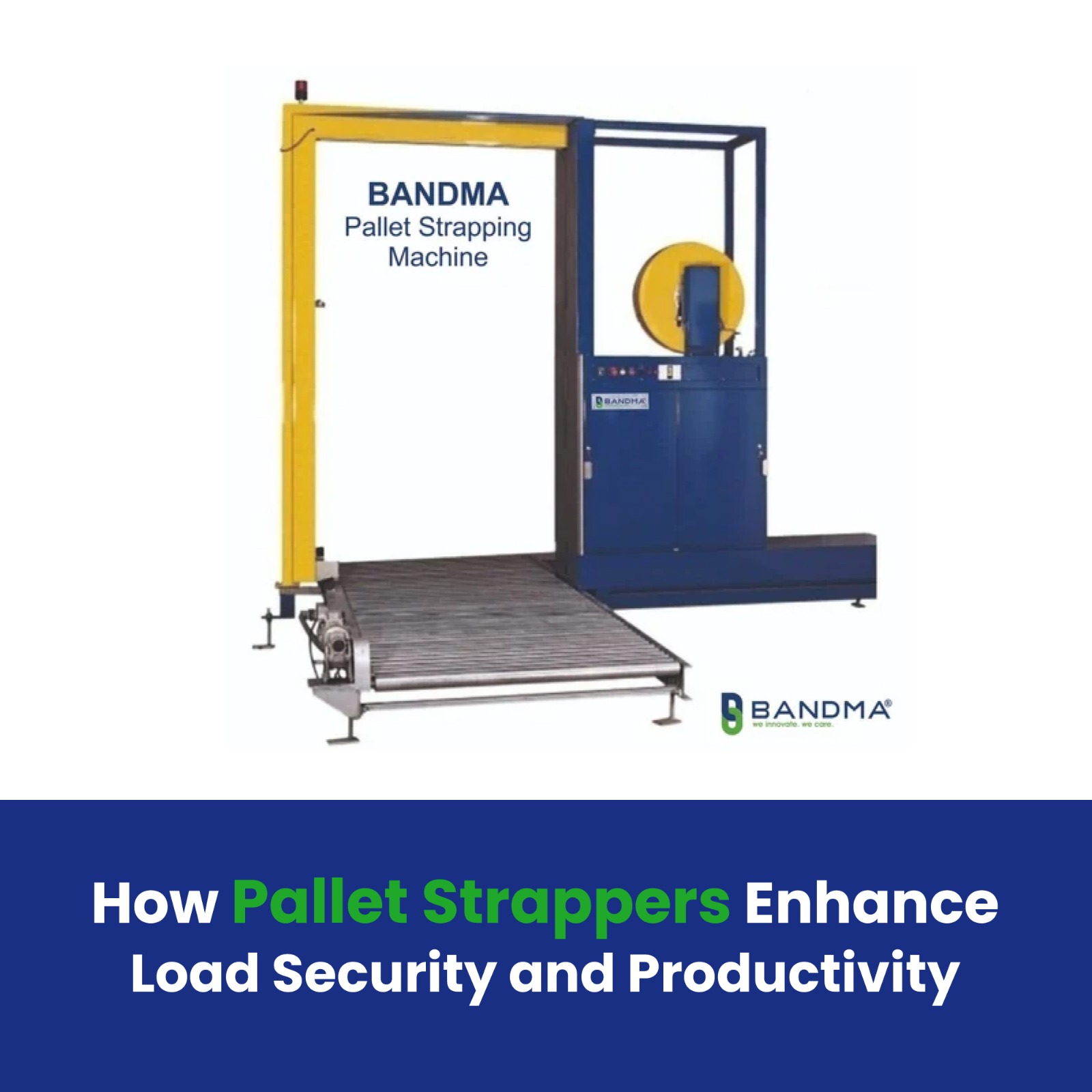In the current hectic world of transportation and warehousing, security and efficiency are critical. Pallet strappers have become essential tools for firms looking to safeguard items during travel and streamline operations. By making sure palletized loads are tightly fastened together, these devices guard against shifting, damage, or loss during storage and transit. We'll examine the advantages, uses, and innovations of pallet strapping machines in this blog, emphasizing their importance in contemporary supply chains.
What is a Pallet Strapper?
A pallet strapper is a specialized machine used to secure products for storage or transportation by wrapping strapping material around pallets. The palletized objects are held in place by the strapping material, which is often composed of polypropylene (PP) or polyethylene terephthalate (PET), maintaining their stability throughout handling. Depending on the degree of automation needed by the company, these machines can be either fully or semi-automated.
Key Benefits of Using Pallet Strappers

- Enhanced Load Stability
Using a pallet strapper reduces the risk of items falling off or shifting during transportation, which minimizes product damage, especially for fragile items. By securely securing goods to the pallet, strapping prevents movement and increases load stability.
- Increased Operational Efficiency
Pallet strappers drastically cut down on the amount of time needed to prepare shipments by automating the process of securing goods. Using a pallet strapper in high-volume operations can help organizations process more shipments in less time by saving a significant amount of labor and time. Maintaining client satisfaction and meeting delivery dates are made easier with this increased efficiency.
- Improved Safety
Securing loads properly with a pallet strapper reduces the risk of accidents in the warehouse or during transit. Loose or improperly secured pallets can cause serious hazards for workers and transportation personnel. By using a pallet strapper, companies ensure safer handling, protecting both employees and the goods being transported.
- Cost-Effective Packaging Solution
Pallet strapping is more affordable than other load-securing techniques like stretch wrapping or metal banding. Strapping material is reasonably priced and offers dependable strength, especially when made of plastics like PET. Furthermore, a lower chance of damaged items means fewer monetary losses from returned or unsaleable goods.
- Versatility and Adaptability
Pallet strappers are extremely adaptable devices with applications in many different sectors. Pallet strappers can be made to handle a variety of load sizes, shapes, and weights, whether they are used to secure large materials in the construction industry, food products in agriculture, or delicate electronics.
Types of Pallet Strappers
There are two main categories of pallet strapping machines: semi-automatic and fully automatic. Each has distinct advantages, and businesses can choose the type that best suits their operational needs.
- Semi-Automatic Pallet Strapper
Machines for strapping that are semi-automatic need some manual labor. The strap is physically fed around the palletized load by the operator, who then feeds it into the machine, whereupon it is tightened and sealed. These are the perfect equipment for companies who demand a high level of customisation for every load, or for those with moderate strapping needs. In addition, they are easier to maintain and less expensive than fully automatic machines.
- Fully Automatic Pallet Strapper
Pallet strappers with full automation are made to work quickly and in large quantities. Since everything is automated, including feeding, tightening, and closing the strap, they require very little human intervention. Because they may drastically cut down on the time it takes to secure loads, these devices are perfect for companies with high throughput. Even if they cost more up front, large-scale enterprises will benefit from the long-term labor savings and enhanced efficiency that come with them.
Advancements in Pallet Strapping Technology

Pallet strappers have witnessed substantial technological developments in recent years, as has been the case with other industrial equipment. These developments have increased their effectiveness, usability, and dependability, increasing their value in contemporary logistics operations.
- Touchscreen Controls and Automation
These days, a lot of pallet strappers come equipped with sophisticated touchscreen control panels that help users quickly adjust factors like speed, number of straps per load, and strap tension. Machines with automation capabilities can also modify their settings according to the kind of load they are strapping, which increases productivity..
- Energy Efficiency
New pallet strapping machines are starting to come with energy-efficient motors and parts as standard, which lowers operating expenses and energy usage. To make them even more environmentally friendly, some devices have standby modes that utilize less power when not in use.
- Improved Strapping Materials
Pallet strappers can now secure bigger and more complicated loads because to the development of stronger and more flexible strapping materials like high-tensile PET. These materials are more affordable, lighter, and easier to handle while offering the same amount of security as conventional steel straps.
- Integrated Data Systems
Some pallet strappers now include integrated data systems, following the emerging trend of Industry 4.0. These devices can monitor the quantity of straps used, the amount of tension used, and the amount of time needed to strap each load. Afterwards, by analyzing this data, the strapping procedure can be made more efficient overall.
Choosing the Right Pallet Strapper for Your Business

When selecting a pallet strapper, businesses should consider several key factors:
- Volume of Shipments: A fully automatic pallet strapper can be the ideal option for companies with large shipment volumes because of its speed and little requirement for human interaction. Semi-automatic devices could be more economical for smaller companies with lower production quantities.
- Load Type: The machine and strapping material specifications will depend on the kind and weight of the loads that need to be strapped. Stronger strapping materials, such as high-tensile PET, are needed for heavier loads.
- Budget and ROI: Although fully automatic devices cost more up front, they save labor and time in the long run. Companies should compare the initial outlay to the possible return on investment (ROI) in terms of lower labor expenses and greater productivity.
Conclusion
The stability, effectiveness, and safety of palletized items in logistics and storage operations depend heavily on pallet strappers. Acquiring the appropriate pallet strapping machine is a wise move for companies looking to streamline their supply chains and cut expenses. Pallet strappers increase cargo security, boost operational productivity, and support overall business performance, regardless of whether they choose a fully automatic or semi-automated model.
Pallet strapping technology is still vital to the effective and safe delivery of goods in the dynamic world of modern logistics, where speed and dependability are major factors.


